If you’ve seen the Feminist Shop’s beautiful witch collection, you may be wondering why on Earth those two things go hand in hand.
But as someone who calls herself both a feminist and a witch, I can tell you they are the perfect fit. Because in a world which is being swept by a more inclusive wave of feminism than ever before; one that is truly determined to break down our patriarchal structures once and for all, it’s no surprise that witchcraft is having a resurgence.
To the witch everything is sacred, and power and Divinity run through every creature, person and place. Imagine a world where that was the norm. Where we all held everyone and everything in equal places of honour. Where we celebrated the differences between things, people and creatures, and the beautiful individualities that each of those comprised… and where, all the while, we cherished and respected the glorious wholeness created when those individual facets come together.
As technology allows us to shed a brighter light of awareness on the inequities being faced by people across the world, we are seeing the grotesque imbalances that exist within that wholeness and the lies we’ve been told about them. And with that in mind, we can’t help but turn our minds to those who have been persecuted and lied about before, including those original feminists persecuted for challenging the restrictive societies they were part of – the witches.
Let me take you back to the witch trials that swept Europe in the Middle Ages before spreading further afield; witch trials we would like to think of as distant history but that people across the world still experience today. We’re often led to believe that the people arrested, tortured, and killed within those trials – predominantly women – were arrested because of some illicit, evil activity.
Maybe they’d danced naked under the Moon in public; perhaps they’d tried to turn someone into a frog; or maybe they’d been carrying around a suspiciously shaped doll full of needles.
That’s one of the biggest lies our patriarchal education systems have told us about European history. Because in truth women were arrested for a whole gamut of reasons:
For offering herbal remedies or acting as midwives at a time when science as we know it was in its infancy and practiced by a limited number of people – usually rich, white men – with dangerously limited training.
For being financially independent, owning their own land or employing workers themselves.
For miscarrying or being unable to conceive a child.
For having sex outside of marriage, refusing to sleep with their husbands or refusing to be married.
And for daring to speak out and challenge authority publicly at a time when land was being grabbed up by the church and by the feudal system
The list could go on but the bottom line is this:
That the witch trials were not only a persecution of witches, they were a persecution of women.
In the years since, the narrative has changed around both the trials and the witches. Our patriarchal societies have done all they can to vilify the old ways that were so far out of alignment with what they deemed safe and acceptable.
The wise women who once aligned themselves with the cycles of nature, grew their own herbs and vegetables, worshipped Earth and encouraged others to claim their own power have come to be seen as terrifying figures to be avoided at all costs lest they hex your husband or bake your children in an oven.
After all, in a world so heavily ruled by the structures of white supremacist heteronormative ableist patriarchy, anyone who so lives that way – not to mention encourages others to do the same – is a terrifying threat.
Yet as we begin to make our way outside of the bounds of patriarchy, witchcraft and all it encompasses – while not a must for all feminists – begins to make more sense. And as we look for alternatives to the structures and restrictions we’ve been told were “natural”, it’s no surprise that many of us are remembering and opening to what lies beyond them; the old ways that our ancestors once practiced every day and to how we bring those forward into the 21st century.
And while the tools and symbols of witchcraft aren’t the only way to drive change, that’s not to say they can’t be useful. After all, there’s a great power in aligning our energies and intentions with a ritual or even a meditation before we head out and march to demand change; and in this capitalist system of ours one of the greatest middle fingers we can give the patriarchy is in following the example of the Moon and learning to rest when our own energy is low.
I call myself a Divine Feminist – the title of my forthcoming book, which is available to pre-order now via this site – because for me feminism and witchcraft go hand in hand.
Both are about the need for us to connect; to ourselves and to one another in order to encourage change; and at their root both are about returning to a greater sense of balance and equity – socially, politically, and energetically as we recover the parts of ourselves and our world that we’ve been led to see as “less than”, and return to a place of our own power for exactly who we are, rather than how we’re told we should be.
When we talk about witches as feminists, we talk about returning to that power – a power that may have been vilified and forgotten but has stayed within us all along; desperate to get out, to challenge the status quo and to change the world.
A power it’s time for us all to step into in whatever way calls to us for ourselves, for the ancestors they tried to burn, and for all those who still experience torture and terror daily simply because they identify as women.

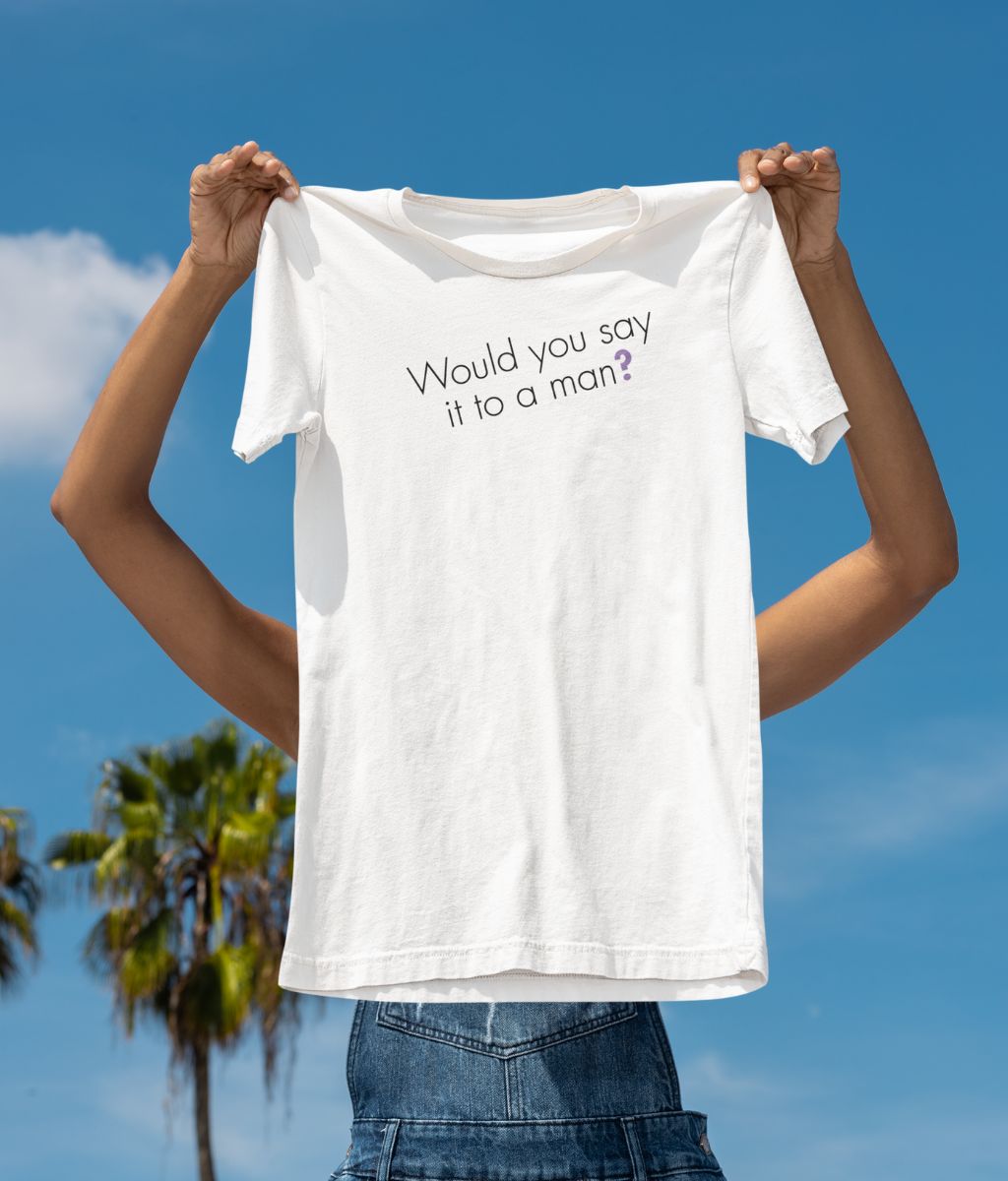
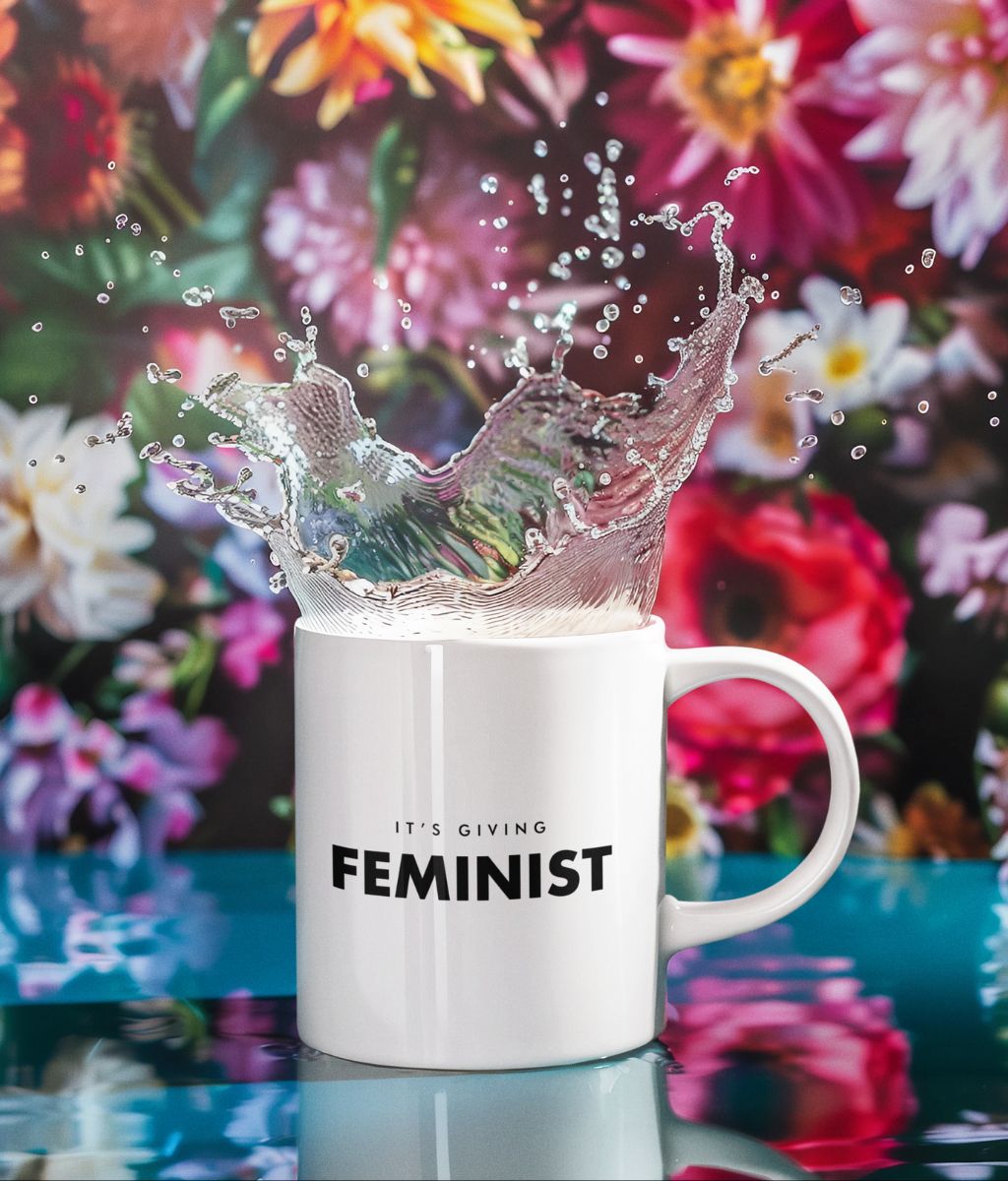

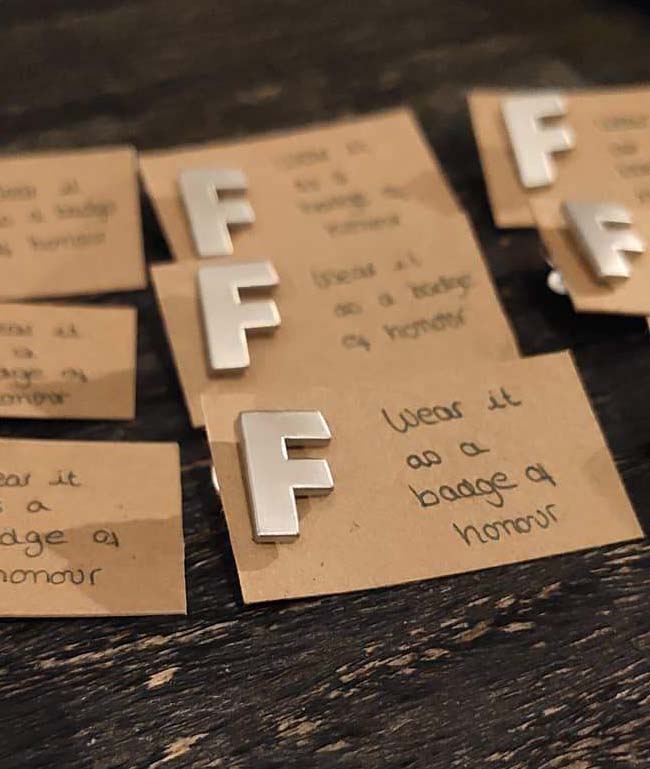
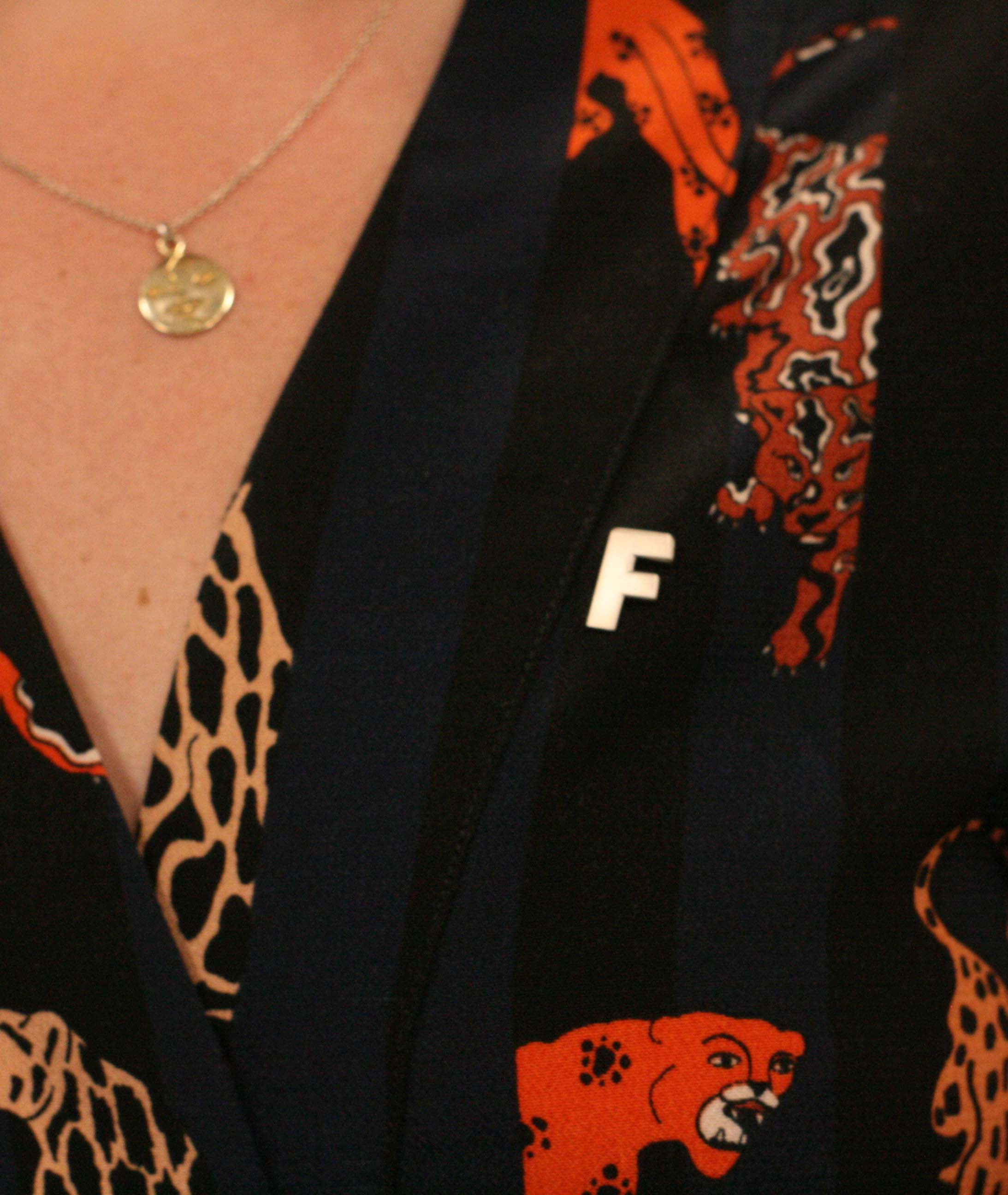
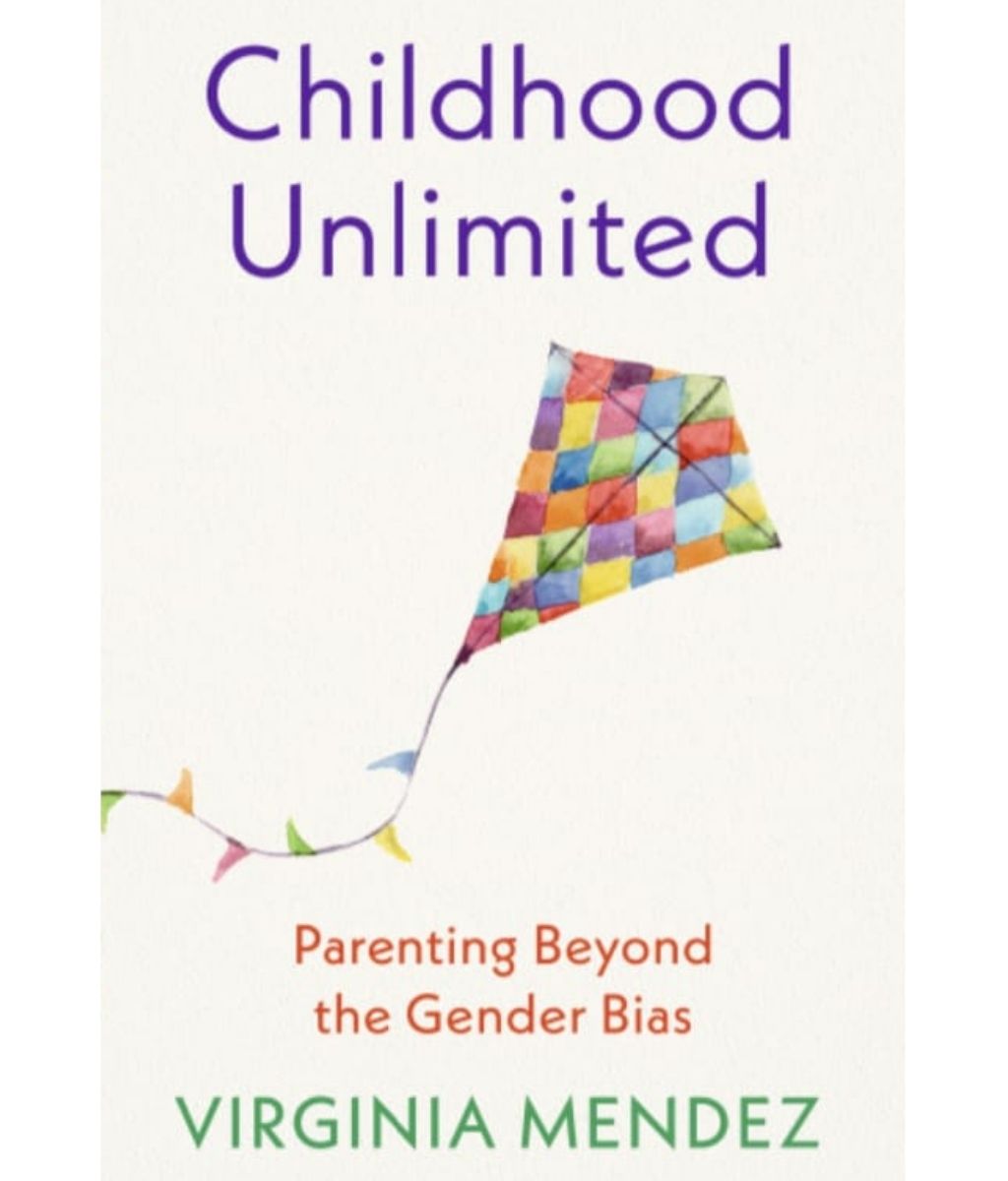
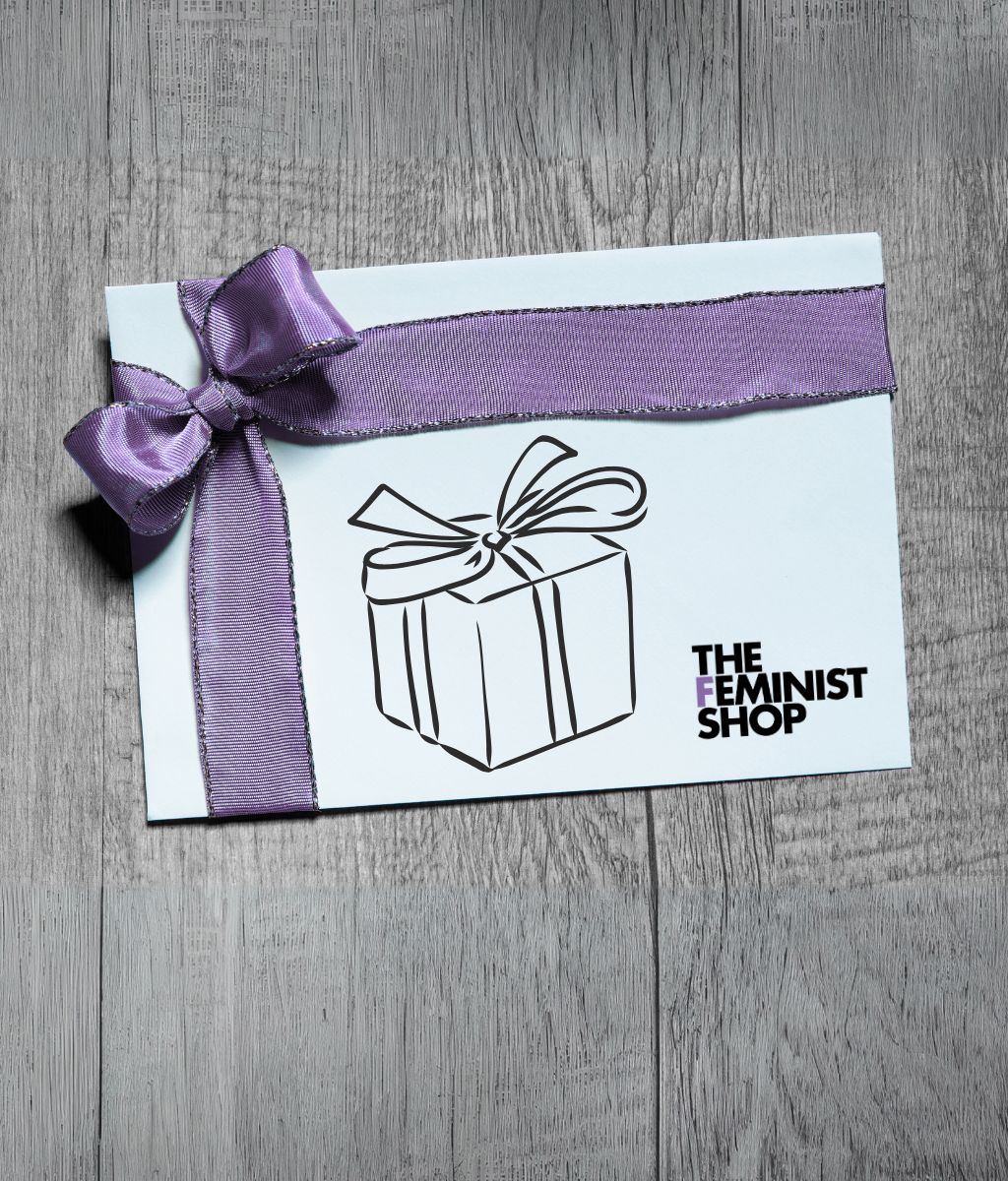
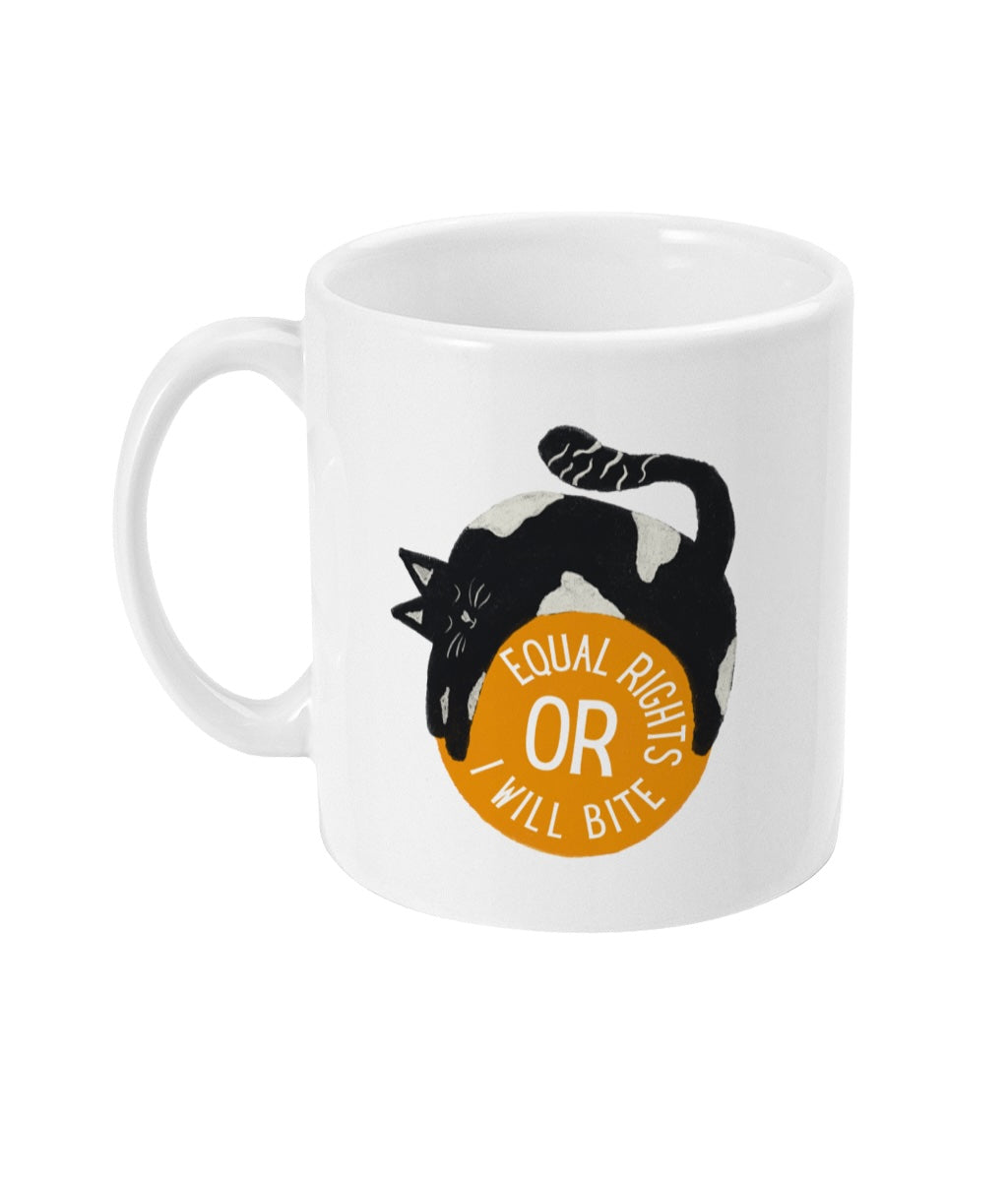
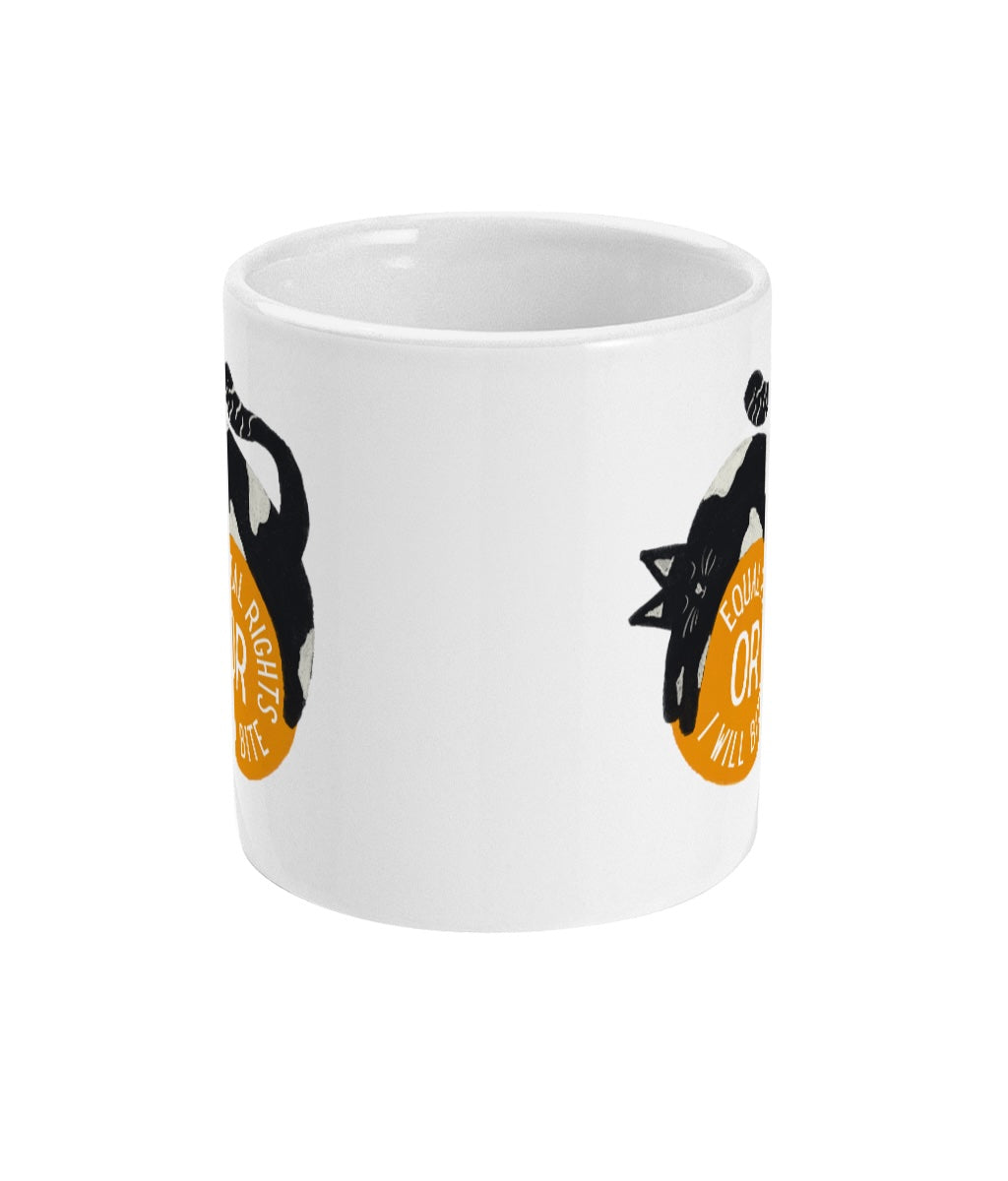
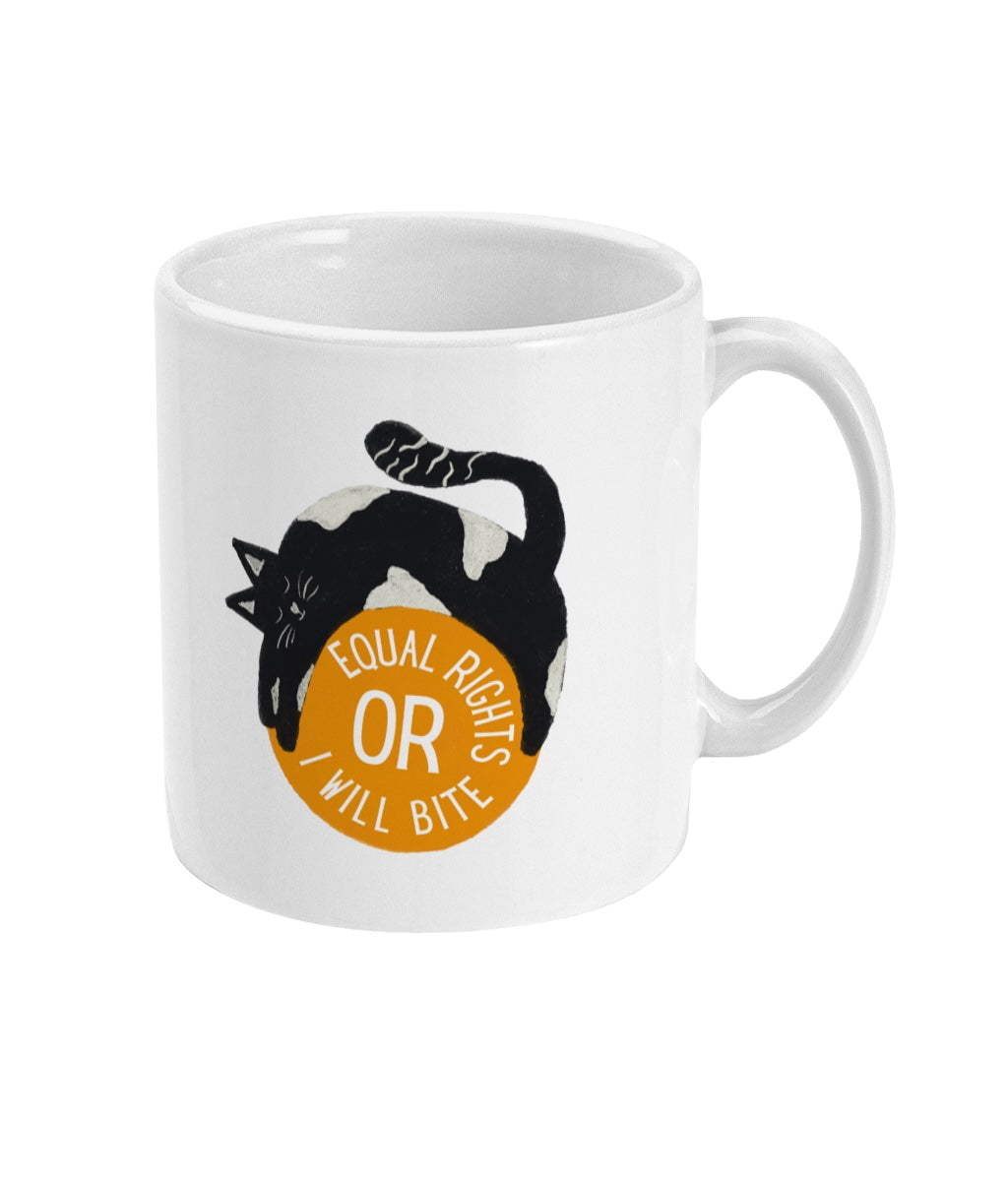
0 comments